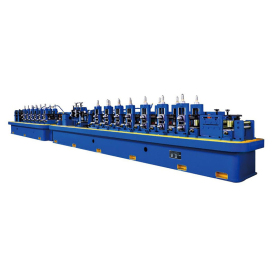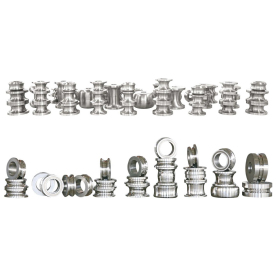Introduction
In the world of electronics and electrical engineering, terms like resistance, capacitance, and impedance are commonplace. One term that has garnered increasing attention in recent years is the “high-impedance impedor.” This concept is essential in various applications, ranging from signal processing to sensor design, and it plays a crucial role in ensuring the efficiency and reliability of electronic systems. In this comprehensive article, we will delve into the concept of high-impedance impedors, their significance, applications, and the technologies that leverage their unique characteristics.
What is a High-Impedance Impedor?
To understand a high-impedance impedor, we must first understand impedance. Impedance is the total opposition a circuit presents to the flow of alternating current (AC) at a specific frequency, comprising both resistance (real part) and reactance (imaginary part). High-impedance impedors are devices or components designed to maintain a very high level of impedance in a circuit, often exceeding tens of megohms.

Understanding High-Impedance Impedors: Their Importance, Applications, and How They Revolutionize Electronic Circuit Design
These components serve as isolators or buffers in circuits while minimizing the loading effect on the preceding stages. An impedor’s high impedance makes it ideal for applications where it is crucial to avoid altering the behavior of a signal source or circuit, such as measurement systems and high-fidelity audio applications.
Why High-Impedance Is Important
1. **Signal Integrity**: In many electronic systems, maintaining signal integrity is paramount. High-impedance impedors help preserve the amplitude and shape of the input signal by preventing excessive current draw. This attribute is particularly important in high-frequency applications, where even minor deviations can lead to significant errors.
2. **Isolation**: High-impedance impedors provide excellent isolation between different circuit stages. This ensures that the operation of one part of a circuit does not adversely affect another part, which is crucial in complex systems needing reliable performance.
3. **Measurement Applications**: In measurement devices, such as oscilloscopes and digital multimeters, high-impedance configurations are necessary to obtain accurate readings. A low impedance connection could load the circuit under test, skewing results and leading to misinterpretation of the data.
4. **Noise Reduction**: High-impedance impedors can reduce noise coupling between stages of a circuit. By isolating sections of a circuit, they help maintain the overall integrity of the signals being processed.

Understanding High-Impedance Impedors: Their Importance, Applications, and How They Revolutionize Electronic Circuit Design
Applications of High-Impedance Impedors
High-impedance impedors find applications across various domains. Here are some notable examples:
1. **Signal Conditioning**: Used in instrumentation and data acquisition systems, high-impedance impedors are integral to signal conditioning stages. They allow for the accurate amplification and processing of weak signals from sensors without altering their characteristics.
2. **Audio Equipment**: In high-fidelity audio systems, high-impedance devices such as buffers are used to connect different components. They ensure that the audio signal maintains its quality as it passes through various processing stages.
3. **Microcontroller Interface**: When interfacing with analog sensors, a microcontroller often employs a high-impedance circuit. This minimizes loading effects on the sensor, which could lead to inaccurate readings.
4. **Biomedical Devices**: In medical instrumentation, such as electrocardiograms (ECGs) and electroencephalograms (EEGs), high-impedance inputs are essential. These devices monitor bio-signals that are typically very low in amplitude, and high impedance is crucial for capturing these signals accurately.

Understanding High-Impedance Impedors: Their Importance, Applications, and How They Revolutionize Electronic Circuit Design
5. **RF Applications**: In radio frequency (RF) applications, high-impedance techniques help prevent signal loss and reflections at different stages of signal transmission. They are often implemented in RF amplifiers and antennas to enhance performance.
Challenges and Considerations
Though high-impedance impedors offer numerous benefits, they are not without challenges. High-impedance circuits can be more susceptible to noise and external interference, which could compromise signal integrity. To counter this, innovative designs incorporate shielding, filtering, and differential signaling techniques to maintain performance while leveraging high impedance.
Moreover, selecting the right high-impedance impedor plays a critical role in achieving the desired results. Factors such as frequency response, linearity, and thermal stability must be evaluated to ensure optimal performance during operation.
Conclusion
High-impedance impedors are vital components in modern electronic systems, providing essential benefits such as signal integrity, isolation, and measurement accuracy. Their unique characteristics make them invaluable across various applications, from biomedical devices to high-fidelity audio systems. As technology continues to advance, the role of high-impedance impedor will only grow in significance, paving the way for more reliable and efficient electronic designs. Understanding their functions and applications will undoubtedly empower engineers and designers in creating innovative solutions that meet the demands of an increasingly complex technological landscape.All-in-one induction heating machine



